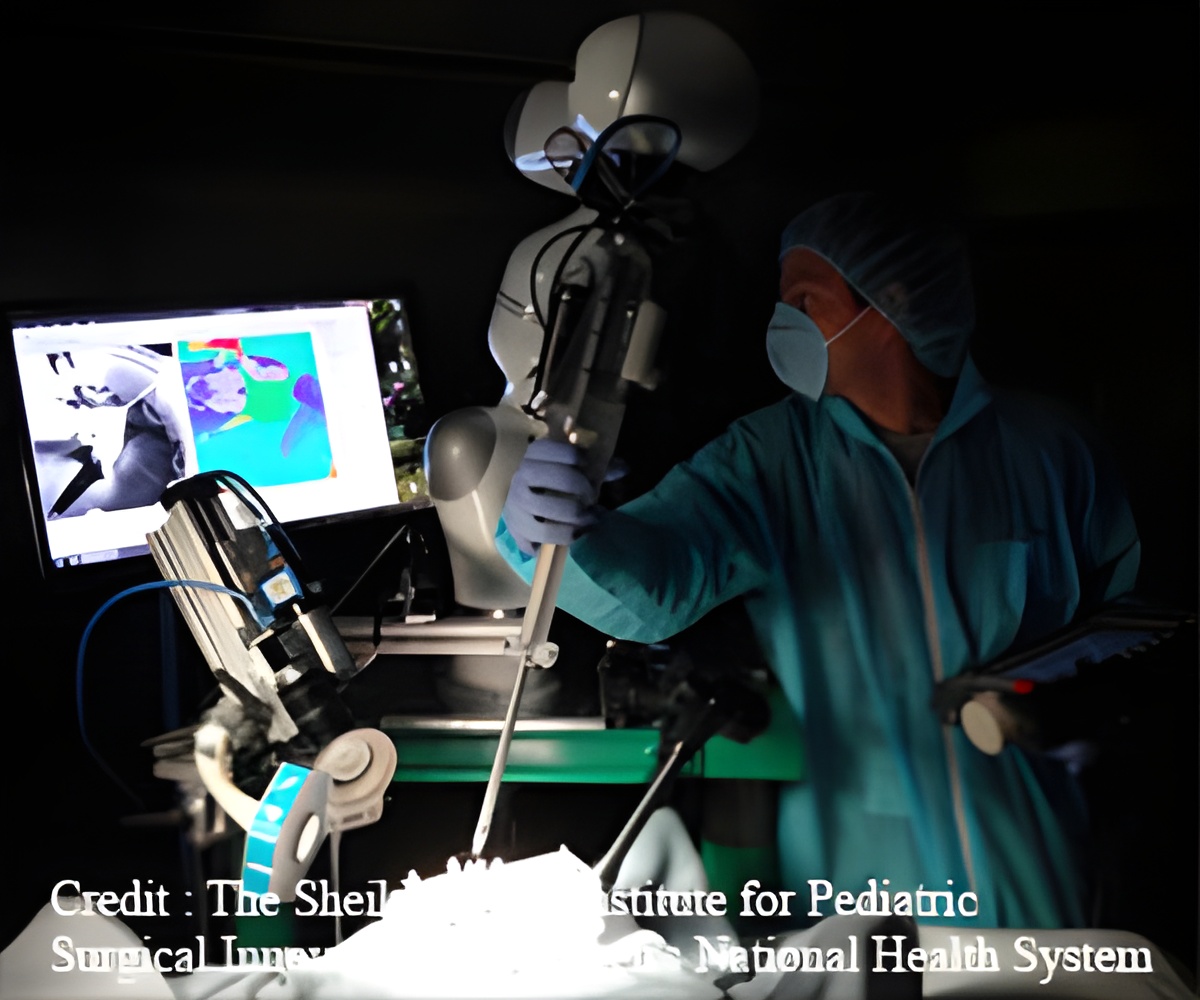A biocompatible 3-D tracking system can help to improve the accuracy of robot-assisted surgery, reveals study.

‘The 3D near infra-red tracking system which is biocompatible can help to improve the accuracy of robot-assisted surgery.’





The research study was published in the journal IEEE Transactions on Biomedical Engineering.This study is able to demonstrate the feasibility of live subjects (in-vivo) and 3D tracking of tissue and surgical tools with millimeter accuracy in out of living tests.
A more accurate and consistent suturing can help to reduce leakage and improve surgical outcomes.
Authored by the development team from Sheikh Zayed Institute for Pediatric Surgical Innovation at Children's National Health System and funded by the National Institutes of Health, the study explains the design of the 3D tracking system with near-infrared fluorescent (NIRF) markers and, using robotic experiments, compares its tracking accuracies against standard optical tracking methods. At speeds of 1 mm/second, the team observed tracking accuracies of 1.61 mm that degraded only to 1.71 mm when the markers were covered in blood and tissue.
"A fundamental challenge in soft-tissue surgery is that target tissue moves and deforms, becomes occluded by blood or other tissue, which makes it difficult to differentiate from surrounding tissue," says Axel Krieger, Ph.D., senior author on the study and program lead for Smart Tools at the Sheikh Zayed Institute. "By enabling accurate tracking of tools and tissue in the surgical environment, this innovative work has the potential to improve many applications for manual and robot-assisted surgery."
Advertisement
"This work describes the 'super human eyes' and a bit of 'intelligence' of our STAR robotic system, making tasks such as soft tissue surgery on live subjects possible," explains Peter C. Kim, M.D., vice president and associate surgeon in chief of the Sheikh Zayed Institute.
Advertisement
Source-Eurekalert








